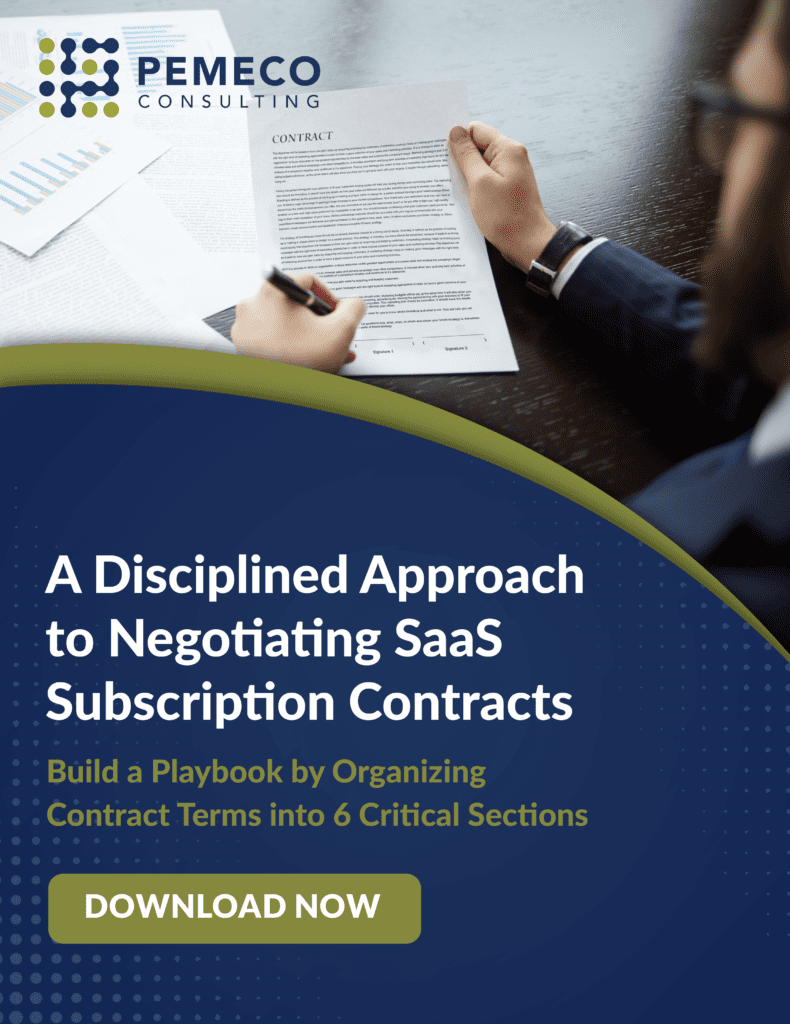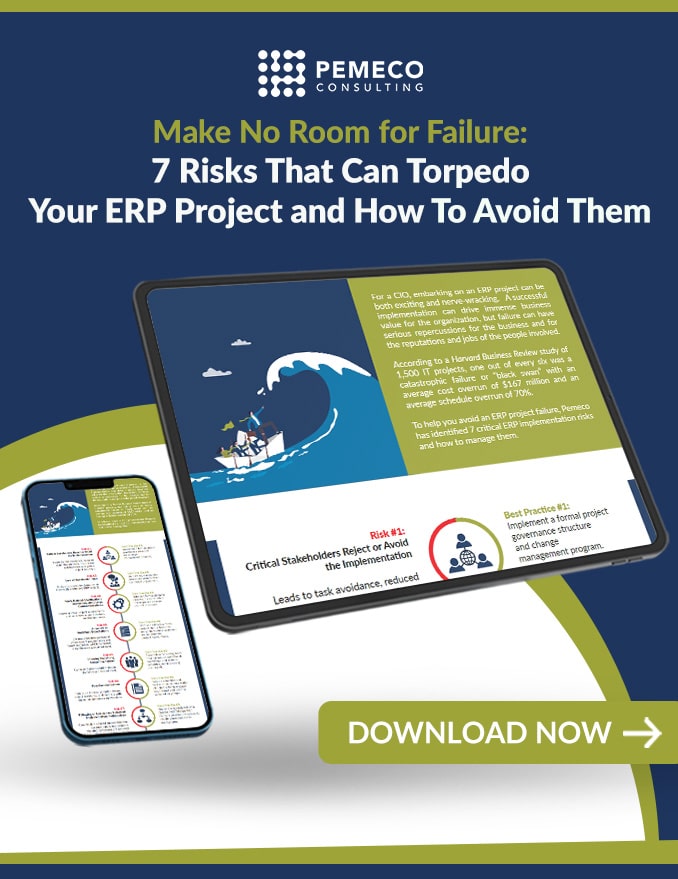Launching a new ERP software solution is an exciting step, but the transition at ERP cutover can also be challenging and fraught with risk. Employees show up at work on Monday morning after the cutover weekend and must work differently than when they left on Friday.
Instead of crossing your fingers and hoping for the best, you should anticipate the challenges and invest the time and resources to pave the way to a smooth ERP cutover and transition. There’s no shortcut to achieving a solid ERP implementation outcome—and the cost is much higher if avoid certain key steps.
How do we know?
Our firm has been implementing ERP projects since the late 1970s, before ERP was called “ERP”. We even have a name for the post-ERP cutover implementation hangover—the “desperation” phase in the Emotional Curve of ERP projects. The growing pains are inevitable, but proper planning can reduce their duration and severity.
Let’s look at how to prepare for go-live to help you recover quickly from the cutover. With the right approach, you can accelerate the business benefits of ERP implementation to reduce the time and money you spend post-launch.
Four Ways To Ensure a Smooth ERP Cutover
ERP steering committee members or project managers should consider these four key areas to ensure a smooth ERP cutover and effective end-user adoption.
1. Tested and Validated Business Scenarios
Proper testing of every aspect of your ERP system is critical to implementation success. Key steps include gathering requirements, defining test scope, writing test cases, and preparing test data. Your plan should cover functional testing, performance testing, security testing, user acceptance testing (UAT), and regression testing.
The extensive nature of an ERP implementation means your platform will have many tie-ins with various business processes and systems, such as customer refunds, payment processing, and accounting. Consider these interconnected components and include an integrated pilot simulation in your test plan to minimize costly errors.
2. Robust Training Execution
An ERP platform is only as good as your team’s ability to use it. You can’t achieve meaningful results if front-line employees can’t use the system as intended. As such, end-user training is a critical component of any ERP launch plan. Your plan should address these essential aspects:
- Training strategy: Include deployment method, training schedule, and training assessment.
- Training budget: Account for course materials, travel, and consultant costs.
- Selected end-user training: Provide early training to the core team to assist with system testing.
- General end-user training: Identify the participants, logistics, schedule, and location.
3. Effective Data Migration
Poorly orchestrated data migration can hamstring operations post-ERP launch. The data you migrate to the new system should be clean, current, and converted to the proper format. Your comprehensive data migration plan should cover the following:
- Testing and quality control within different ERP environments
- General migration strategies for locating, cleansing, migrating, and maintaining data accuracy
- Static and dynamic data migration strategies for different data categories
- A migration schedule for each data category
4. Post-Go-Live Hypercare
Hypercare involves intensive support and close monitoring of system performance and user interactions after ERP cutover to ensure a smooth transition and high rates of user adoption. This phase may last a few weeks or months, depending on the complexity of the ERP implementation and the organization’s needs.
Assign a dedicated support team to provide immediate assistance to address issues like technical glitches and user confusion. Monitor the new system’s performance to track response times, transaction processing speed, and overall stability. Also, implement change management to ensure stakeholder buy-in throughout the organization.
Ease Your ERP Transition With Our Experience and Expertise
ERP implementation involves many moving parts, depending on your organization’s unique requirements and circumstances. The best way to minimize ERP go-live pain is to partner with an experienced ERP consulting firm that has been there and done that—many times—with a high success rate.
That’s why enterprises like Epson, KPMG, and Yamaha trust us to help them ensure a successful ERP launch—thanks to our 100% project success rate over 40 years and 700 projects. Learn more about our ERP implementation services and get in touch to see how we can support your ERP implementation.






